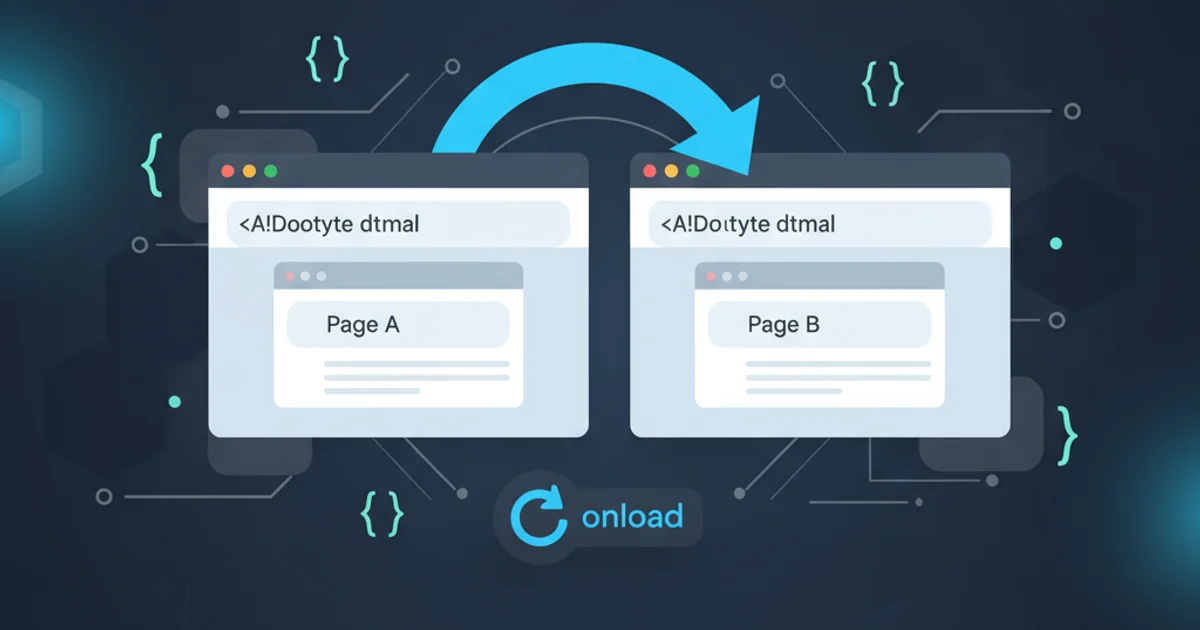How do I create multiline comments in Python?
Categories:
Mastering Multiline Comments in Python

Learn the various techniques for creating multiline comments in Python, including docstrings and string literals, and understand their best use cases for effective code documentation.
Python, known for its readability and simplicity, offers several ways to add comments to your code. While single-line comments are straightforward using the hash (#) symbol, multiline comments can be achieved through different conventions. This article explores the primary methods for creating multiline comments in Python, distinguishing between actual comments and documentation strings (docstrings), and provides guidance on when to use each.
Understanding Python's Comment Philosophy
Unlike some other programming languages that have a dedicated syntax for multiline comments (e.g., /* ... */ in C++ or Java), Python does not have a specific 'multiline comment' token. Instead, Python leverages its string literal syntax to achieve similar functionality, particularly for documentation purposes. The Pythonic way emphasizes clarity and purpose: comments explain why code does what it does, while docstrings explain what a code block (function, class, module) does.
flowchart TD
A[Start]
A --> B{Need to explain code?}
B -->|Yes| C{Is it for a function/class/module?}
C -->|Yes| D[Use Docstring ('''...''')]
C -->|No| E[Use Multiple Single-Line Comments (#)]
B -->|No| F[No comment needed]
D --> G[End]
E --> G
F --> GDecision flow for choosing comment style in Python
Method 1: Multiple Single-Line Comments
The most straightforward way to create a block of comments is to simply use multiple single-line comments, each prefixed with a hash (#) symbol. This method is suitable for commenting out blocks of code during debugging or for adding explanatory notes that are not part of the official documentation.
# This is the first line of a multiline comment.
# This is the second line, explaining a complex algorithm.
# And this is the third line, providing additional context.
def calculate_area(length, width):
# Ensure inputs are positive
if length < 0 or width < 0:
raise ValueError("Dimensions cannot be negative")
return length * width
Using multiple single-line comments for a block explanation.
# to the beginning of each line. Most modern IDEs and text editors offer shortcuts to comment/uncomment multiple lines simultaneously, making this less tedious.Method 2: String Literals (Docstrings and Arbitrary Strings)
Python treats triple-quoted string literals ('''...''' or """...""") as multiline strings. When these string literals are not assigned to a variable or used as part of an expression, they are effectively ignored by the interpreter during runtime. This characteristic makes them ideal for two main purposes: docstrings and informal multiline comments.
Docstrings: The Pythonic Way for Documentation
Docstrings are special string literals that appear as the first statement in a module, function, class, or method definition. They are used to document the purpose and usage of the code block. Unlike regular comments, docstrings are preserved at runtime and can be accessed via the __doc__ attribute of the object or using the help() function. This makes them crucial for generating automated documentation.
def greet(name):
"""Greets the user with a personalized message.
Args:
name (str): The name of the person to greet.
Returns:
str: A greeting message.
"""
return f"Hello, {name}!"
class MyClass:
"""A simple example class.
This class demonstrates basic object-oriented principles.
"""
def __init__(self, value):
self.value = value
print(greet("Alice"))
print(MyClass.__doc__)
print(help(greet))
Examples of docstrings for a function and a class.
Arbitrary String Literals as Informal Comments
You can also use triple-quoted strings anywhere in your code where a statement is expected, and if they are not assigned or used, they will act as multiline comments. While technically possible, this practice is generally discouraged by the Python community for general-purpose commenting because it can be misleading. It's better to reserve triple-quoted strings for docstrings or actual multiline string data.
'''
This is an informal multiline comment.
It's a string literal that isn't assigned to anything,
so the interpreter effectively ignores it.
'''
def process_data(data):
"""Processes the input data."""
# This is a regular single-line comment
# explaining the next block of code.
# It's generally preferred for non-docstring comments.
result = [item * 2 for item in data]
return result
Using an unassigned triple-quoted string as an informal comment.
# for general comments and docstrings for documentation.1. Identify the purpose of your comment
Determine if you need to explain what a code block does (for documentation) or why a specific line/block of code is there (for internal notes or debugging).
2. For documentation, use docstrings
If documenting a module, class, function, or method, place a triple-quoted string ("""...""" or '''...''') immediately after its definition. Follow PEP 257 guidelines for formatting.
3. For general comments, use multiple single-line comments
For all other explanatory notes, temporary code disabling, or inline explanations, use the hash (#) symbol at the beginning of each line. This is the clearest and most Pythonic approach for non-docstring comments.